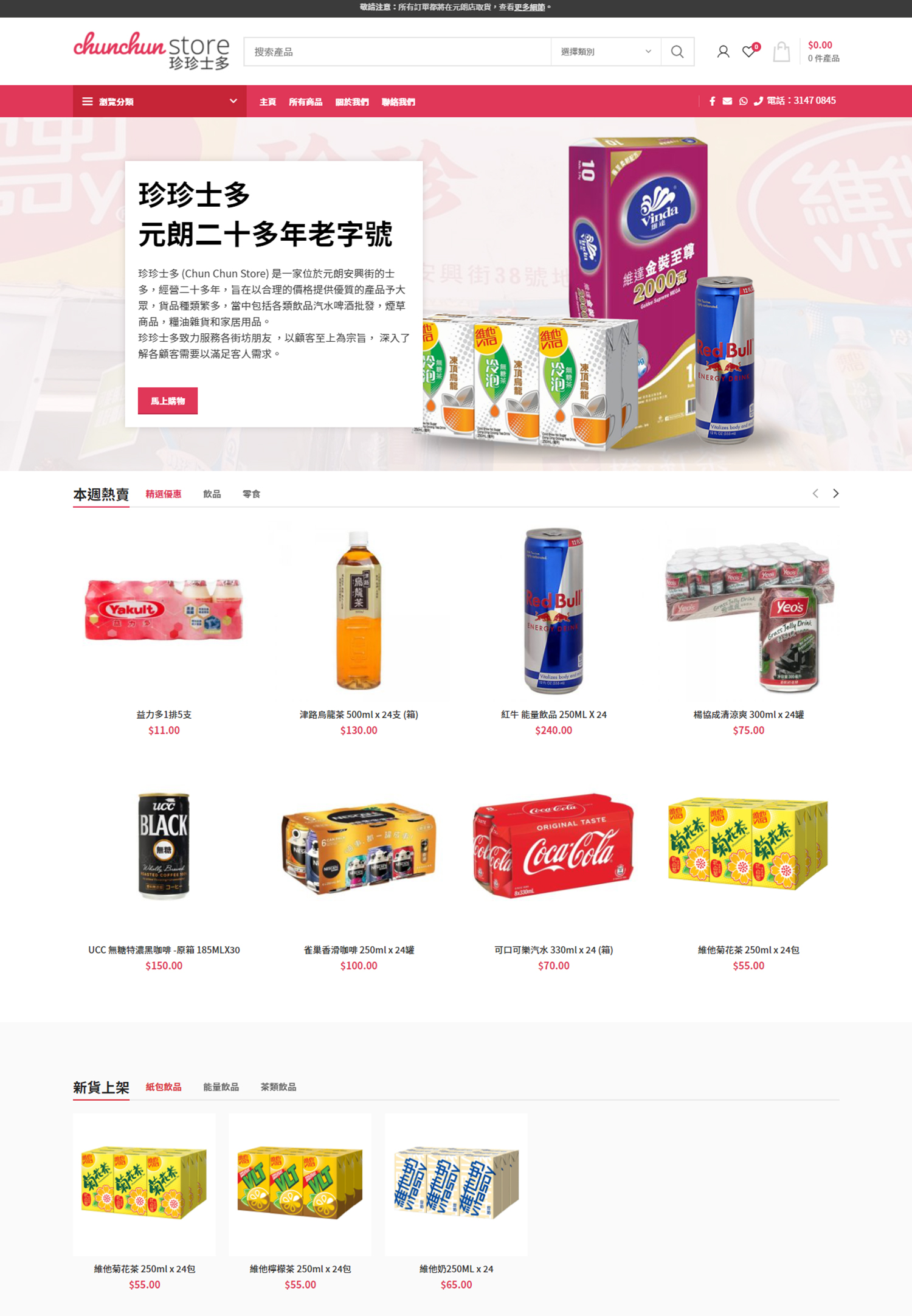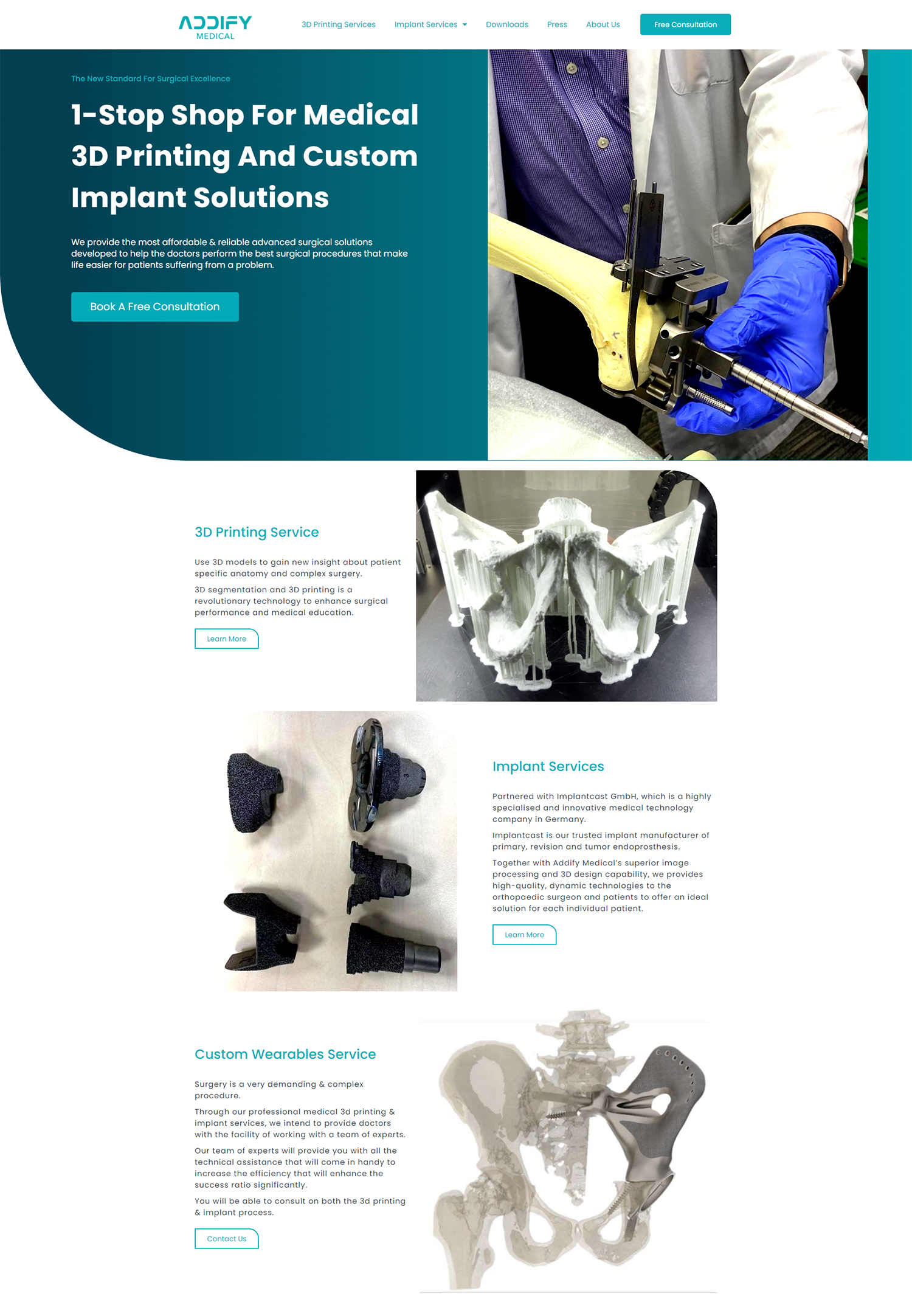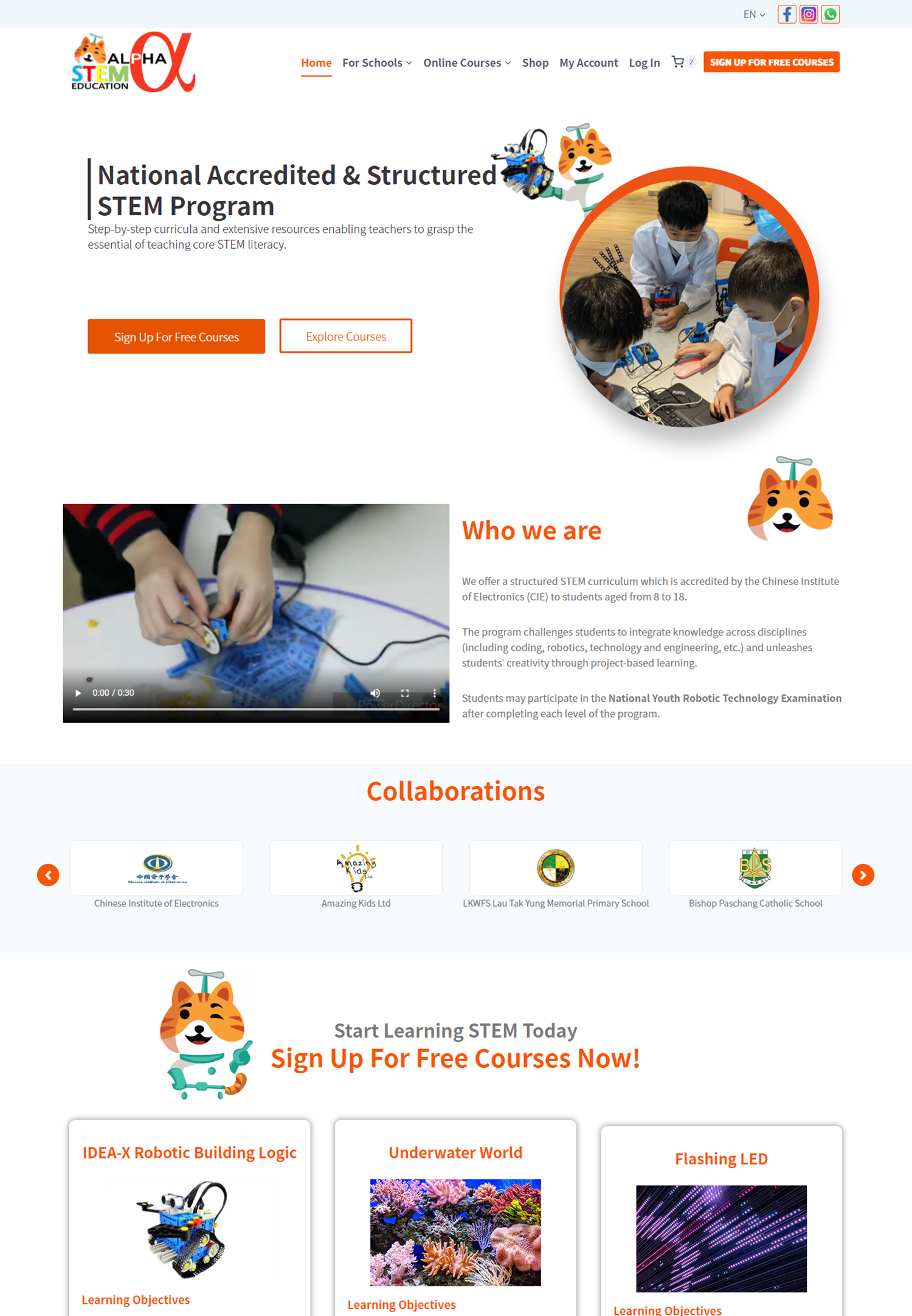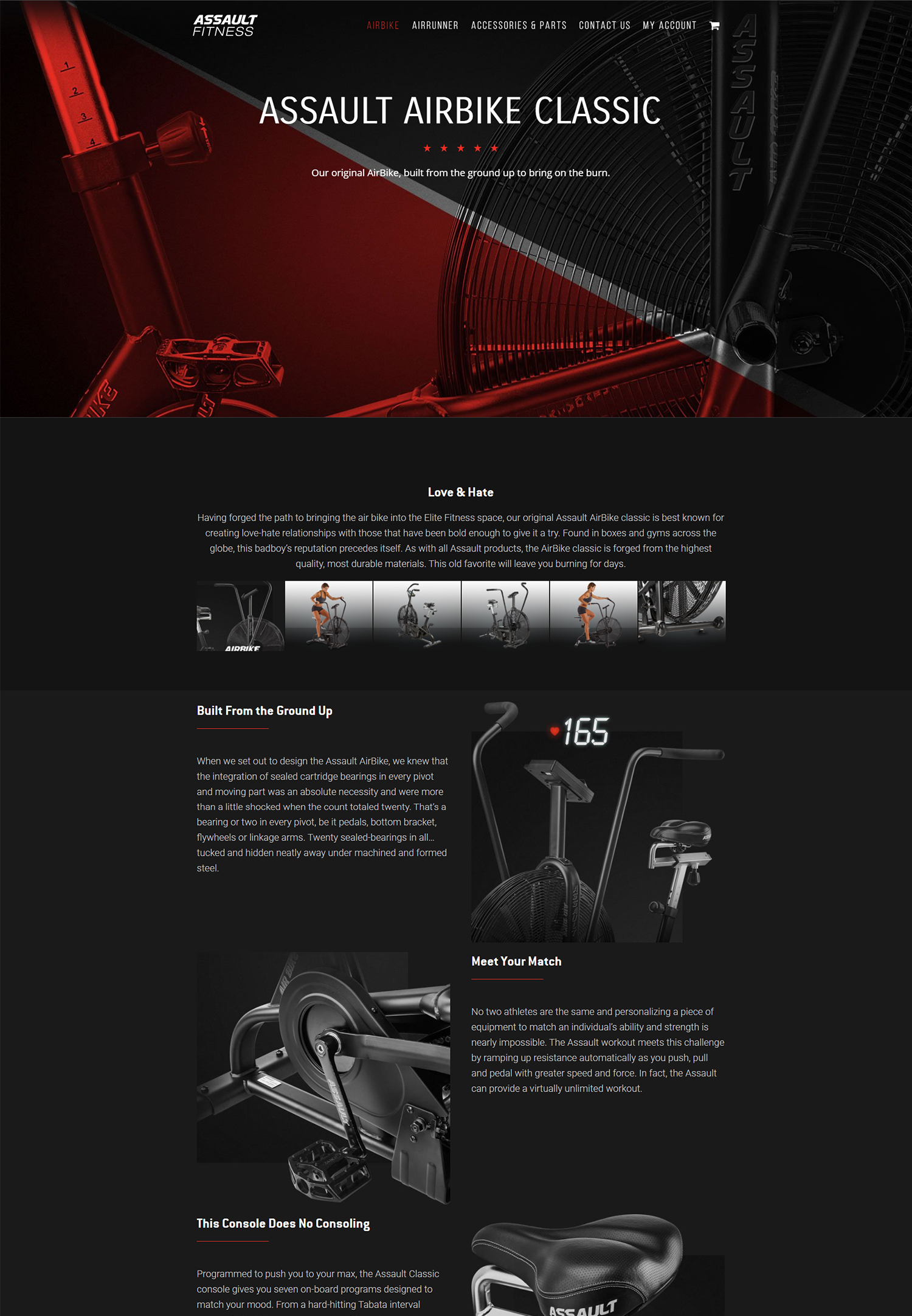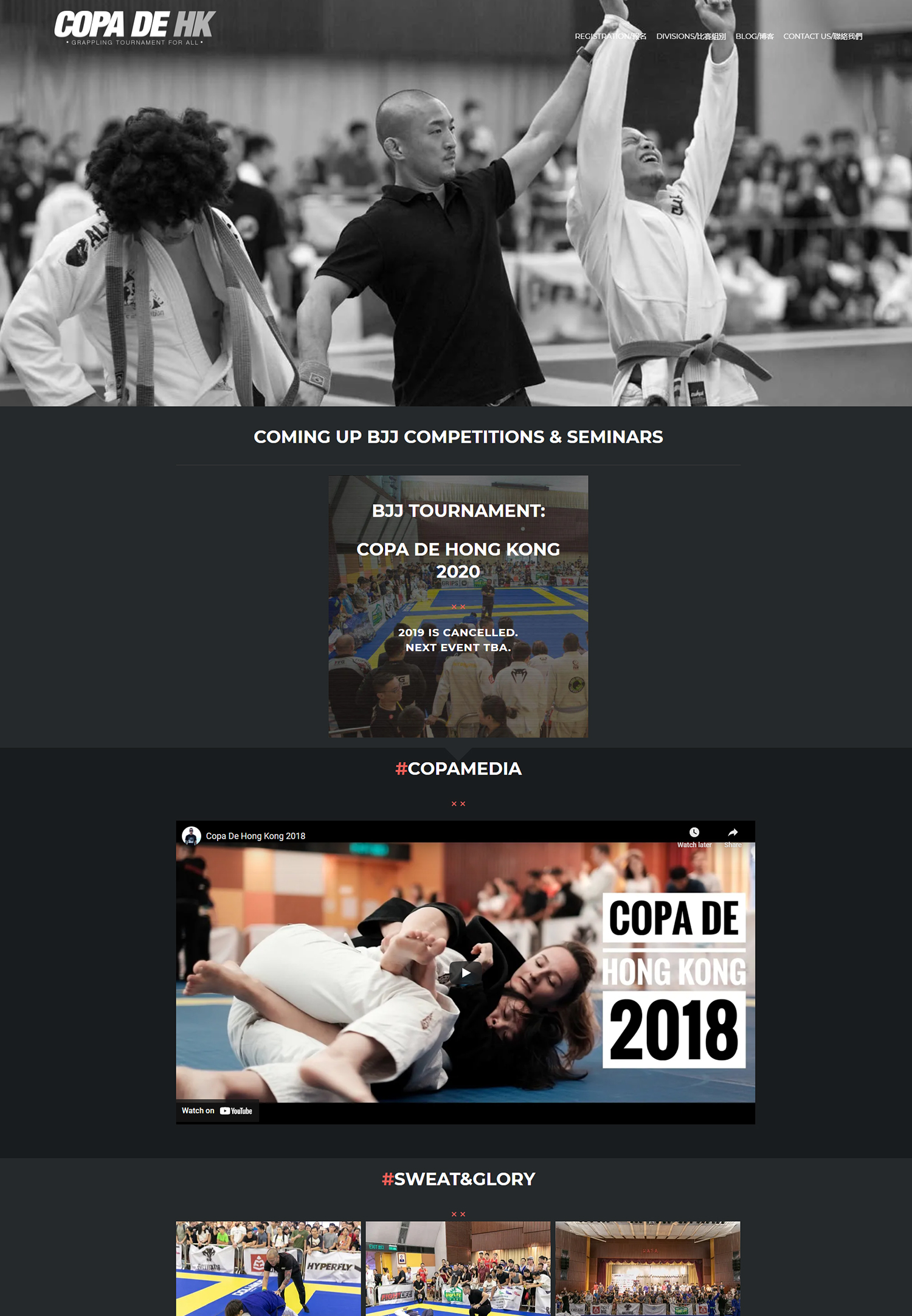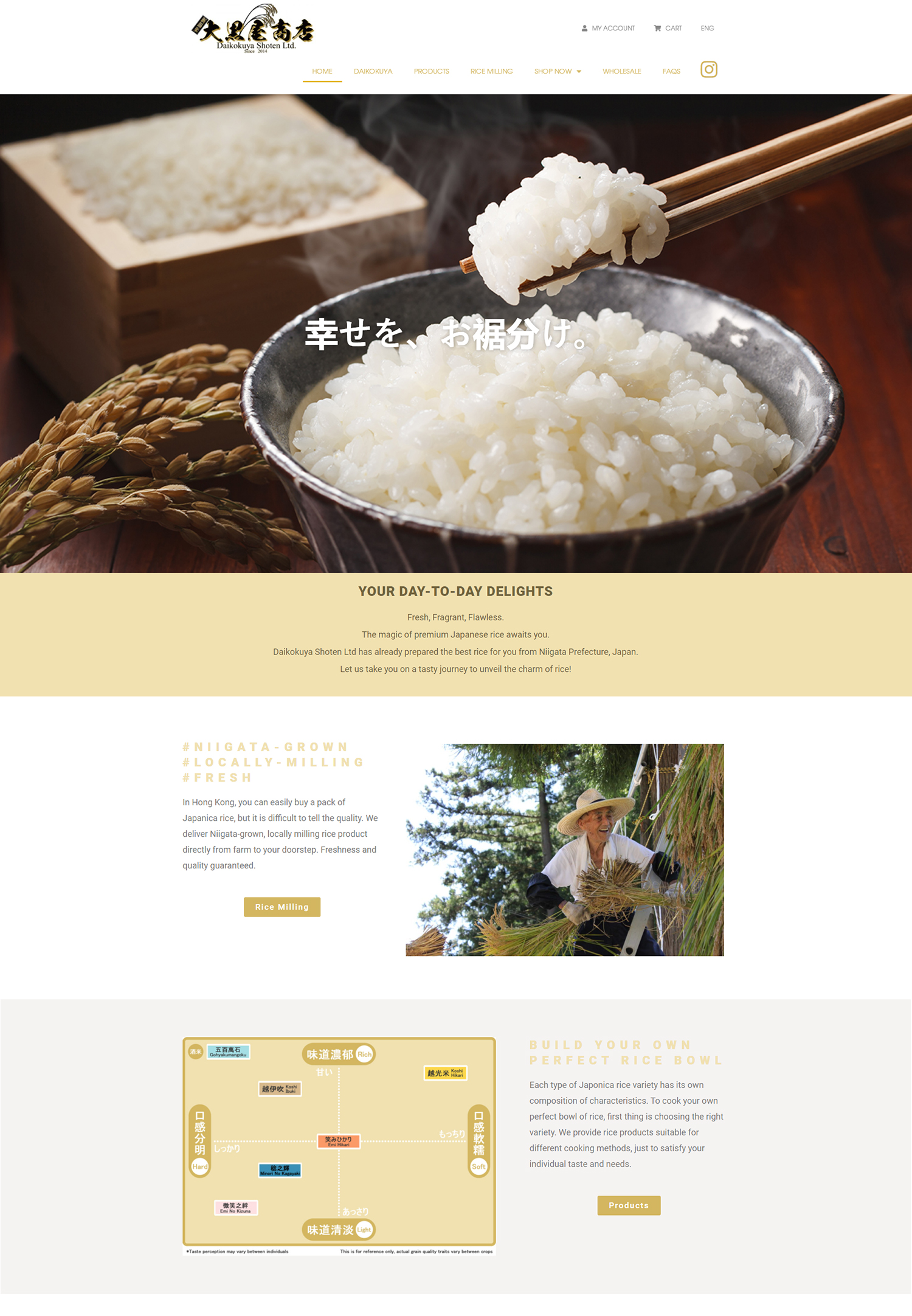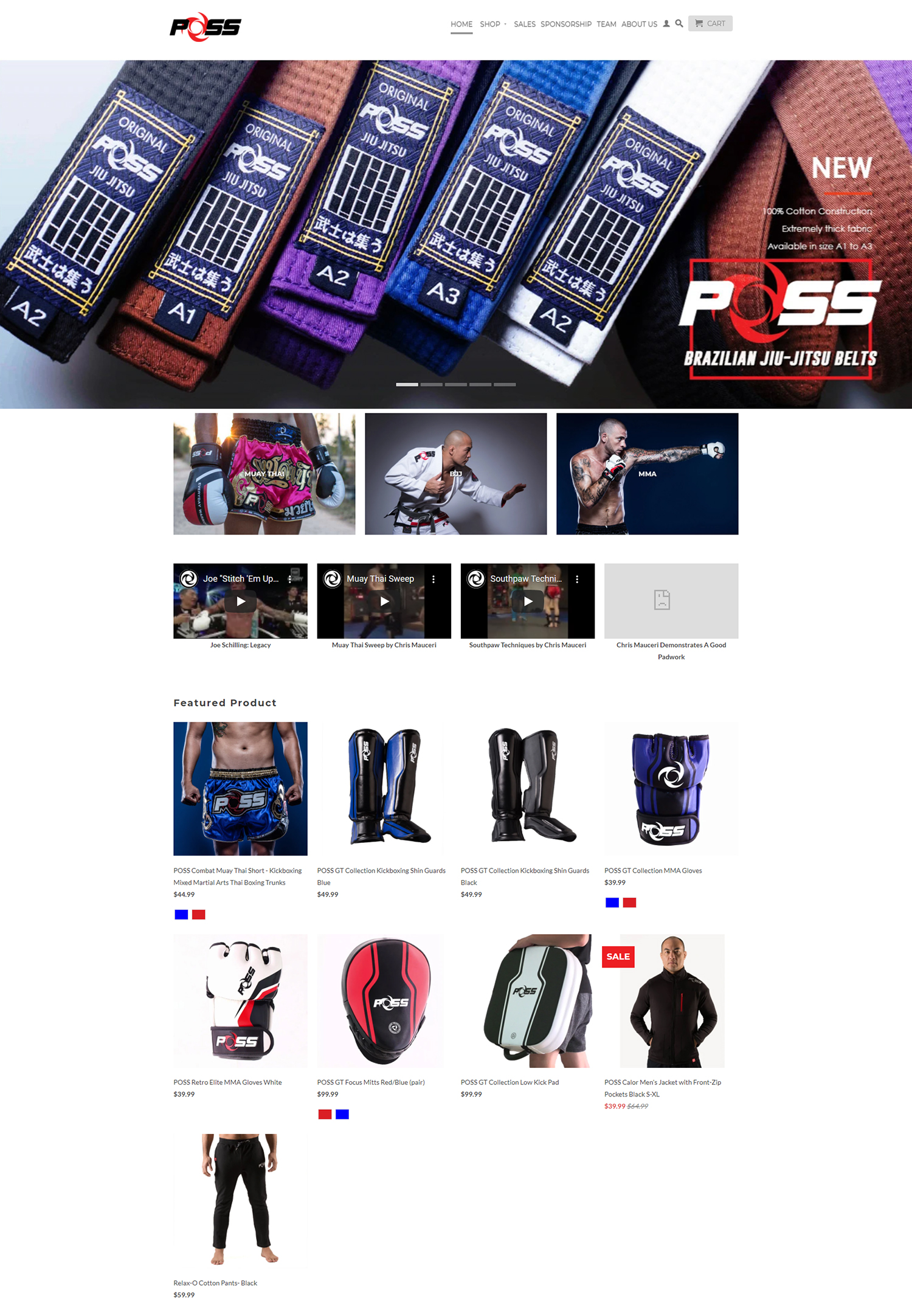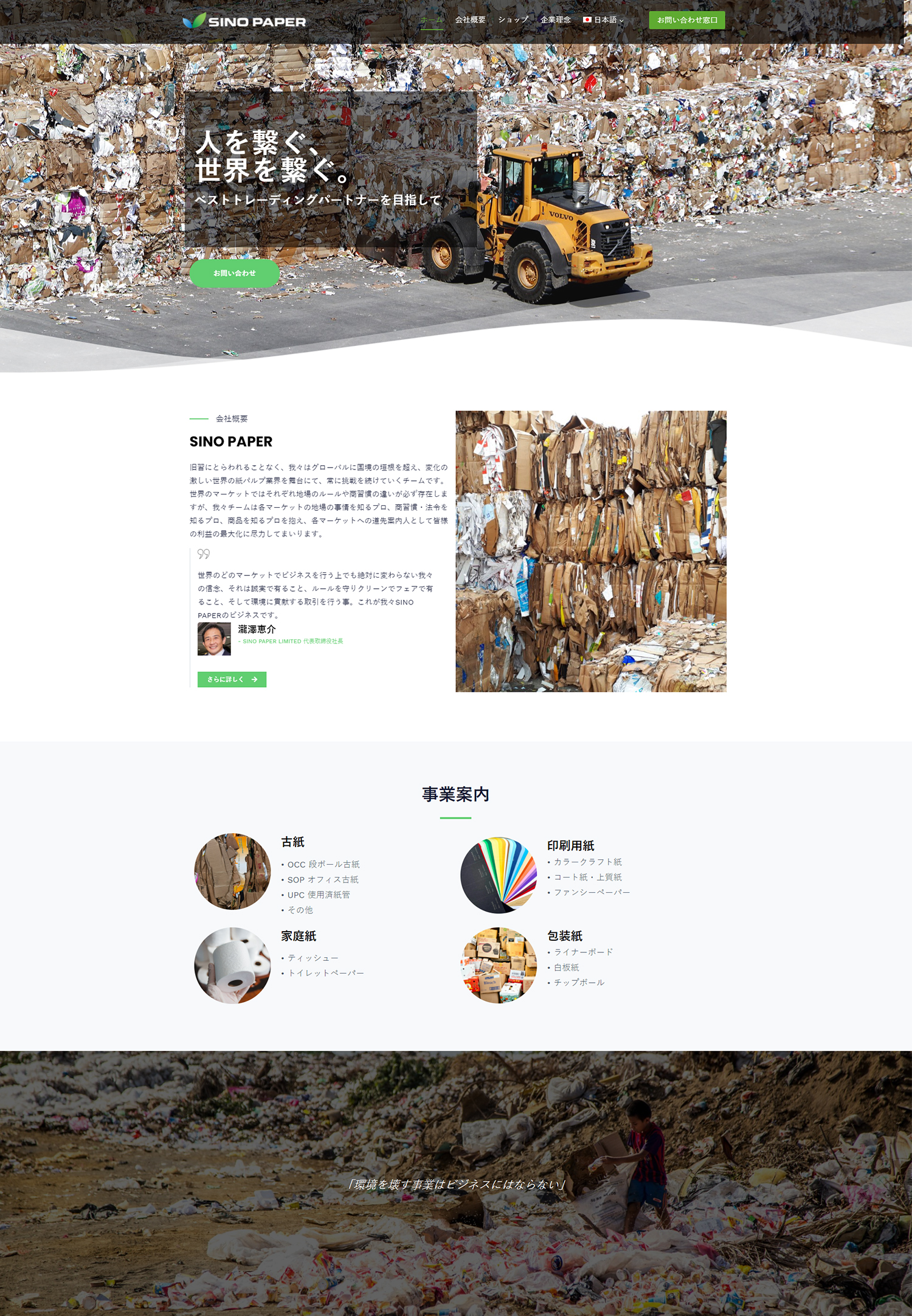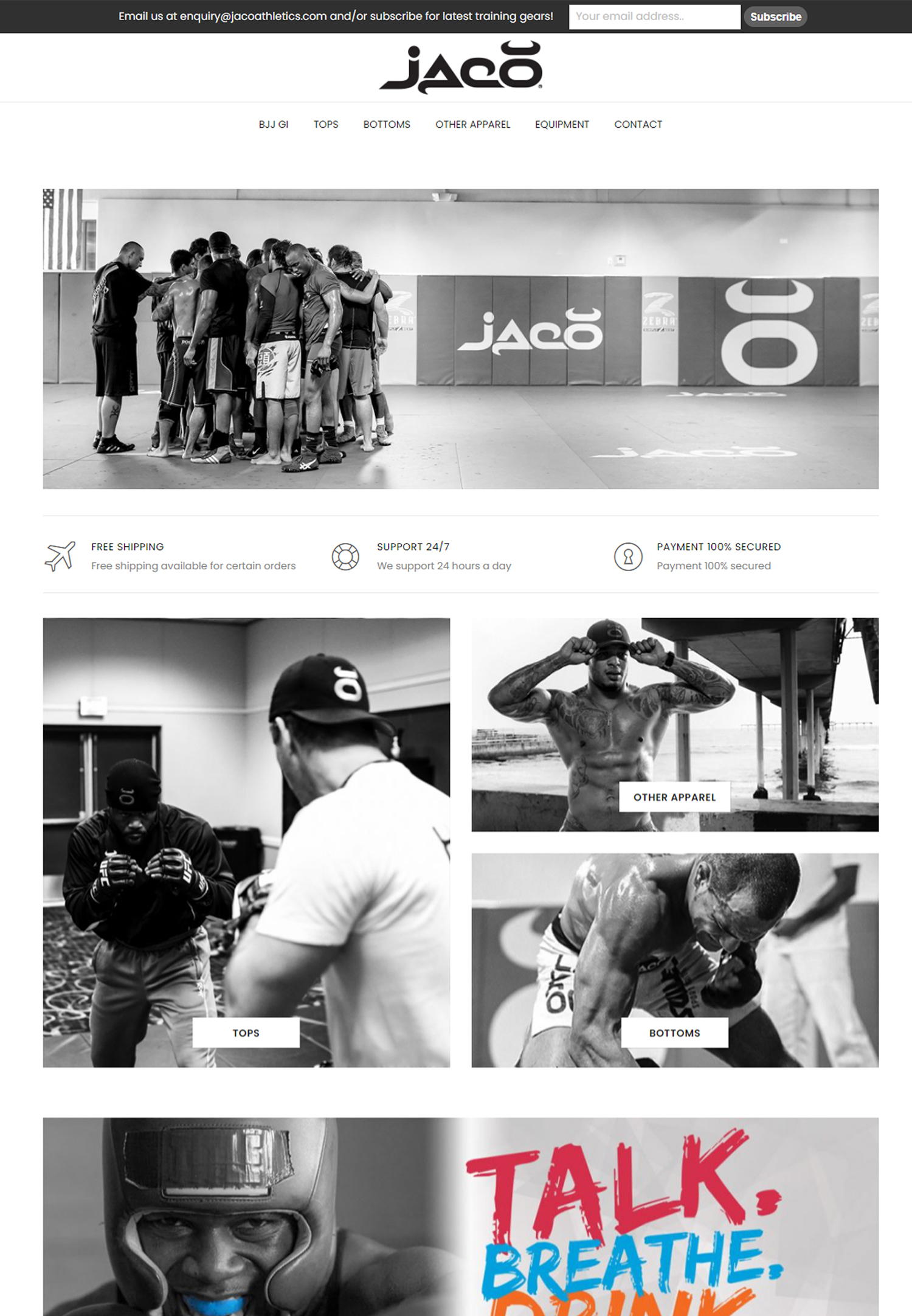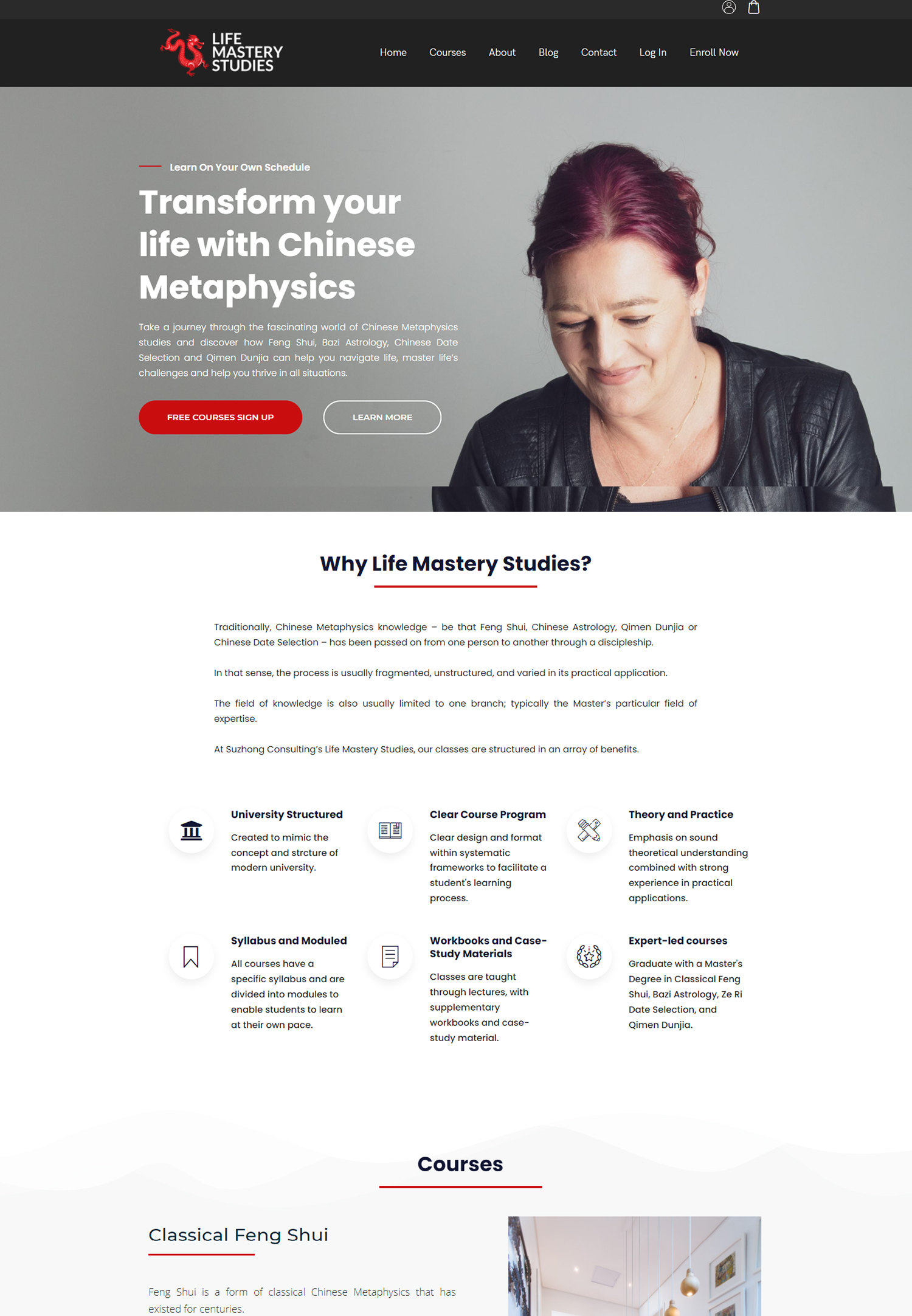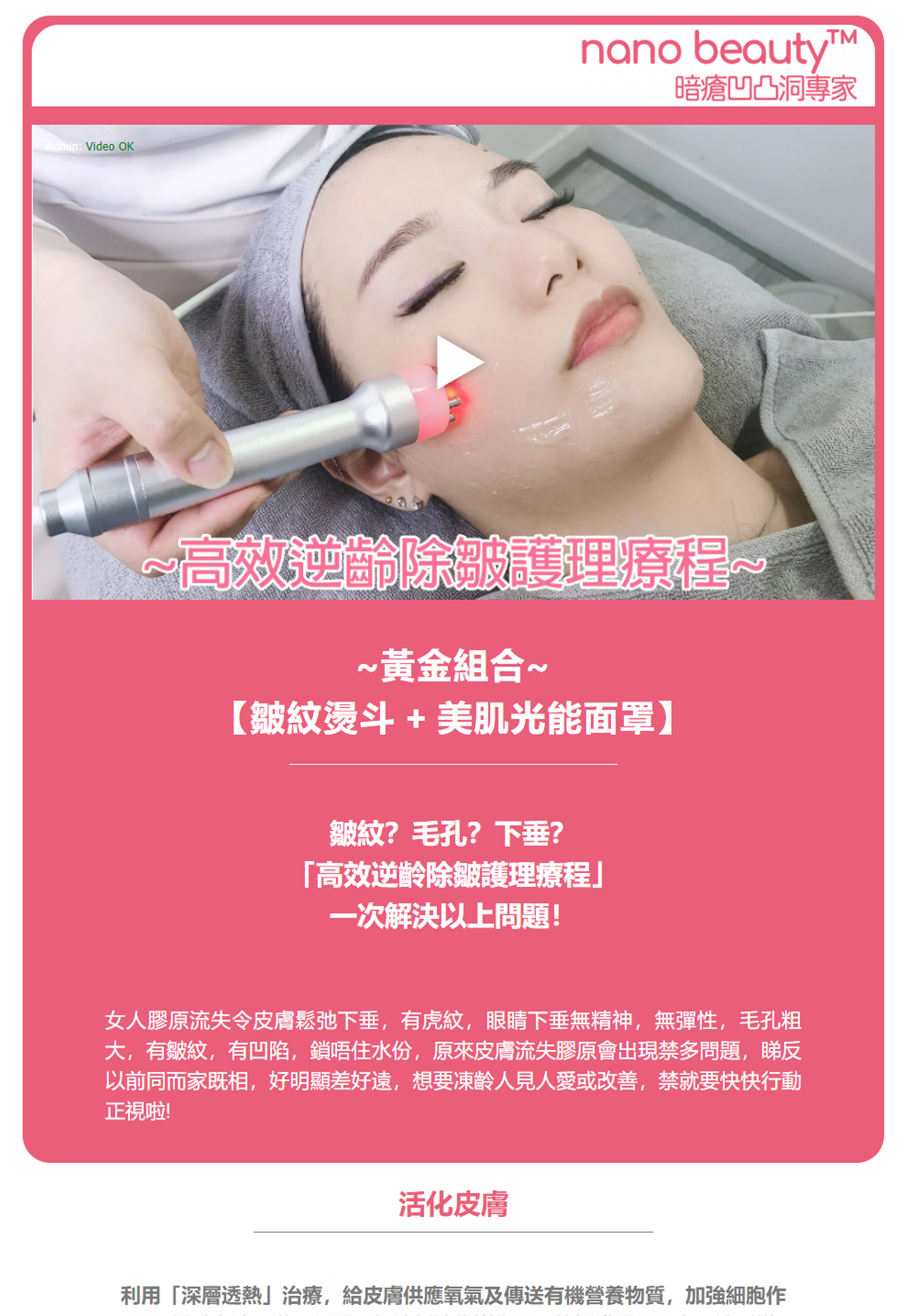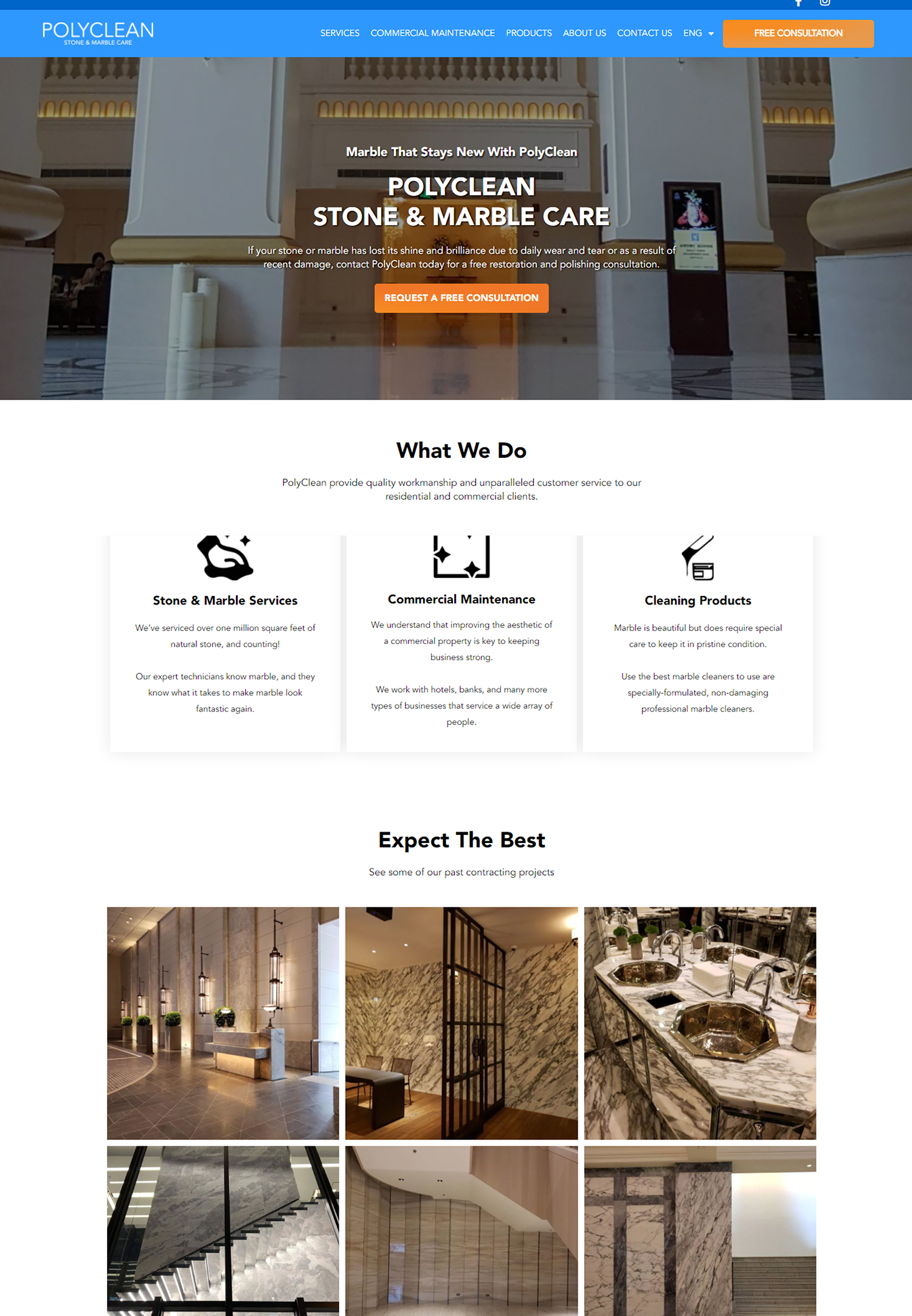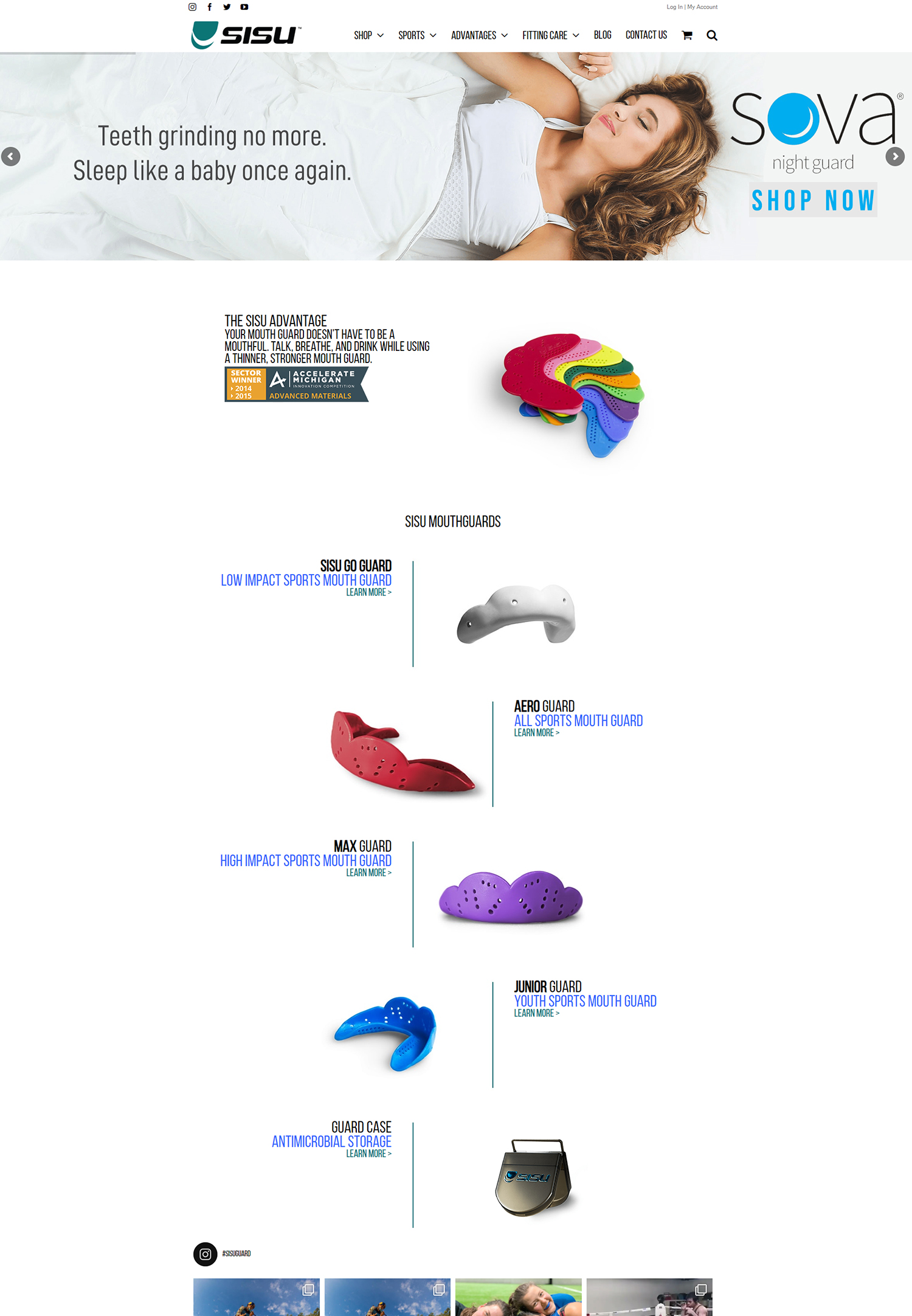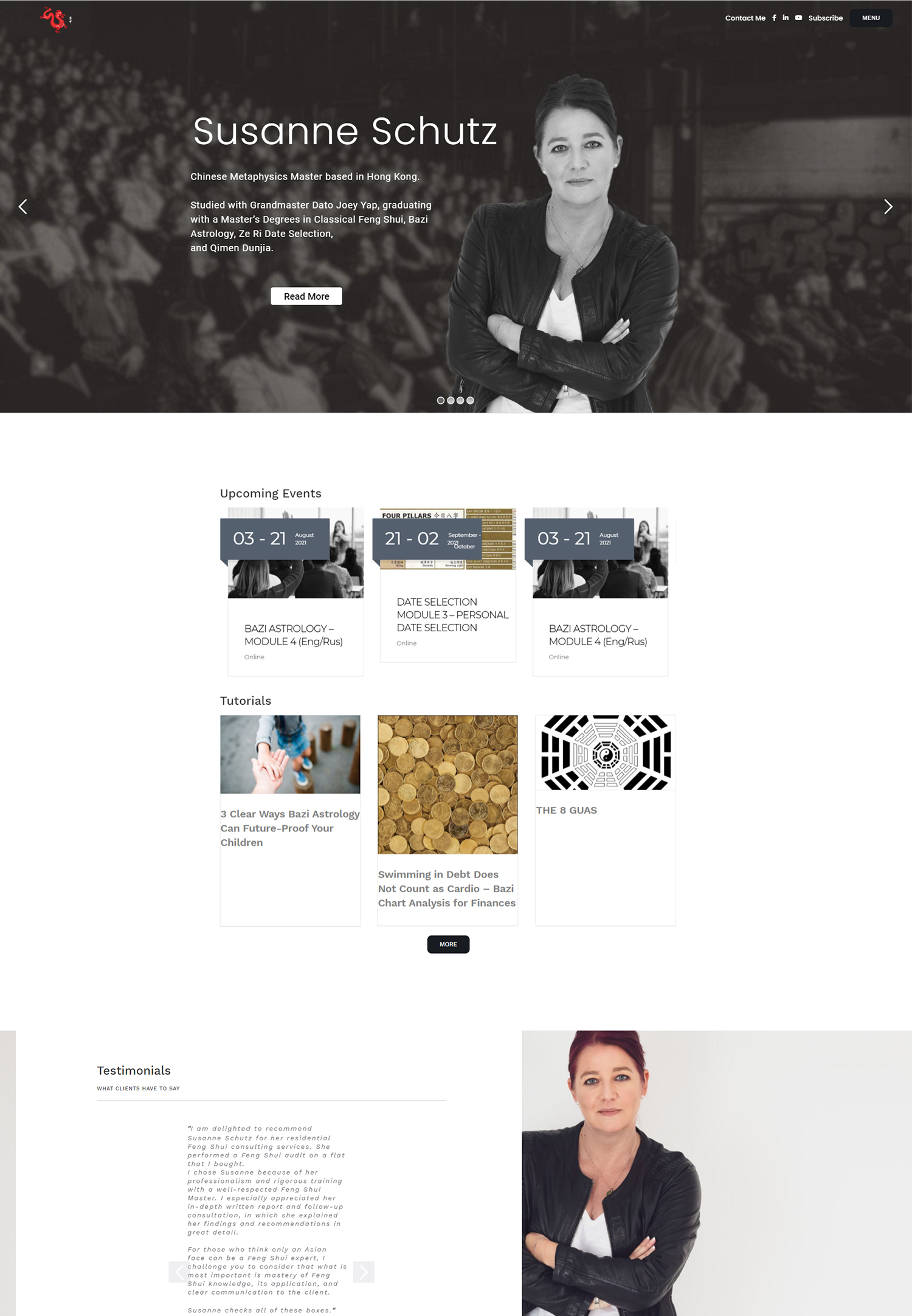In today’s digital landscape, we recognize that a company profile website serves as the cornerstone of our online presence. It is not merely a digital brochure; rather, it acts as a dynamic platform that showcases our brand, products, and services to potential customers. By establishing a well-crafted website, we create an opportunity to engage with visitors, educate them about our offerings, and ultimately convert them into leads.
The significance of this cannot be overstated, as a well-optimized website can significantly enhance our visibility and credibility in the marketplace. Moreover, we understand that a company profile website is often the first point of contact for potential clients. When individuals search for solutions to their problems, they frequently turn to the internet for answers.
If we fail to present a professional and informative online presence, we risk losing potential leads to competitors who have invested in their digital footprint. Therefore, it is imperative that we view our website not just as an online presence but as a vital tool for lead generation that can drive business growth and success.
Key Takeaways
- A company profile website is crucial for lead generation as it serves as the online face of the business and can attract potential customers.
- Designing a user-friendly and visually appealing website is essential to keep visitors engaged and interested in the company’s offerings.
- Compelling and informative content is key to attracting and engaging visitors, showcasing the company’s expertise and value proposition.
- Strategic placement of lead capture forms and calls-to-action throughout the website can help in converting visitors into leads.
- Utilizing SEO techniques can increase the website’s visibility and drive organic traffic, improving the chances of lead generation.
Designing a user-friendly and visually appealing company profile website
When it comes to designing our company profile website, we must prioritize user experience and visual appeal. A clean, intuitive layout ensures that visitors can navigate our site effortlessly, finding the information they need without frustration. We should consider employing a responsive design that adapts seamlessly to various devices, as more users are accessing websites via smartphones and tablets.
By doing so, we enhance accessibility and ensure that our audience can engage with our content regardless of their preferred device. In addition to functionality, we must also focus on aesthetics. The visual elements of our website—such as color schemes, typography, and imagery—should align with our brand identity and resonate with our target audience.
Striking visuals can capture attention and evoke emotions, making it more likely for visitors to stay on our site longer. By combining user-friendly design with appealing visuals, we create an inviting atmosphere that encourages exploration and interaction, ultimately leading to higher conversion rates.
Creating compelling and informative content to attract and engage visitors
Content is king in the realm of digital marketing, and we must harness its power to attract and engage visitors on our company profile website. Our content should be informative, relevant, and tailored to address the needs and interests of our target audience. By providing valuable insights, tips, and solutions related to our industry, we position ourselves as thought leaders and trusted resources.
This not only helps in attracting visitors but also encourages them to return for more information. Furthermore, we should consider incorporating various content formats to cater to different preferences. While written articles and blog posts are essential, we can also engage visitors through videos, infographics, and podcasts.
By diversifying our content offerings, we can appeal to a broader audience and keep them engaged for longer periods. Ultimately, the goal is to create a rich content ecosystem that not only informs but also inspires action—whether that’s signing up for a newsletter or reaching out for more information.
Implementing lead capture forms and calls-to-action strategically throughout the website
To effectively convert visitors into leads, we must implement lead capture forms and calls-to-action (CTAs) strategically throughout our website. These elements serve as gateways for visitors to express interest in our offerings or subscribe to our communications. We should place lead capture forms in prominent locations—such as the homepage, blog posts, and landing pages—ensuring they are easily accessible without being intrusive.
Our CTAs should be clear, compelling, and action-oriented. Phrases like “Get Your Free Quote,” “Subscribe for Exclusive Updates,” or “Download Our Guide” can motivate visitors to take the next step. Additionally, we should consider using A/B testing to determine which CTAs resonate most with our audience.
By analyzing the performance of different approaches, we can refine our strategies and optimize lead capture efforts over time.
Utilizing search engine optimization (SEO) to increase visibility and drive organic traffic
In order to maximize the effectiveness of our company profile website for lead generation, we must prioritize search engine optimization (SEO). By optimizing our site for search engines, we increase its visibility in search results, making it easier for potential customers to discover us. This involves conducting keyword research to identify relevant terms that our target audience is searching for and incorporating these keywords naturally into our content.
Additionally, we should focus on technical SEO aspects such as improving site speed, ensuring mobile-friendliness, and optimizing meta tags. These factors not only enhance user experience but also signal to search engines that our site is credible and valuable. By consistently implementing SEO best practices, we can drive organic traffic to our website, increasing the likelihood of generating leads from interested visitors.
Integrating social proof and testimonials to build trust and credibility
Building trust with potential customers is crucial for converting leads into loyal clients. One effective way to establish credibility is by integrating social proof and testimonials into our company profile website. When visitors see positive feedback from satisfied customers or endorsements from industry experts, they are more likely to feel confident in choosing us over competitors.
We should prominently display testimonials on key pages of our website—such as the homepage or dedicated testimonials page—to ensure they are easily visible. Additionally, incorporating case studies that highlight successful projects or satisfied clients can further reinforce our credibility. By showcasing real experiences from real people, we create a sense of authenticity that resonates with potential customers and encourages them to take action.
Analyzing website performance and making data-driven improvements for lead generation
To ensure that our company profile website remains an effective tool for lead generation, we must regularly analyze its performance using analytics tools. By tracking key metrics such as traffic sources, bounce rates, conversion rates, and user behavior, we gain valuable insights into how visitors interact with our site. This data allows us to identify areas for improvement and make informed decisions about future strategies.
For instance, if we notice a high bounce rate on certain pages, it may indicate that the content is not resonating with visitors or that the user experience needs enhancement. By addressing these issues promptly, we can optimize our website for better engagement and lead generation outcomes. Continuous analysis and iteration are essential components of maintaining a successful online presence that adapts to changing audience needs.
Leveraging email marketing and retargeting strategies to nurture leads and convert them into customers
Once we have captured leads through our company profile website, it is essential to nurture these relationships through effective email marketing and retargeting strategies. Email marketing allows us to stay connected with potential customers by providing them with valuable content, updates about our offerings, and personalized messages tailored to their interests. By segmenting our email list based on user behavior or preferences, we can deliver targeted campaigns that resonate with specific audiences.
In addition to email marketing, retargeting strategies can help us re-engage visitors who may have shown interest but did not convert during their initial visit. By displaying targeted ads across various platforms—such as social media or other websites—we remind potential customers of their interest in our brand and encourage them to return to complete their purchase or inquiry. Together, these strategies create a comprehensive approach to lead nurturing that increases the likelihood of converting leads into loyal customers.
In conclusion, a well-designed company profile website is an invaluable asset for lead generation in today’s competitive landscape. By understanding its importance, focusing on user experience and content quality, implementing strategic lead capture methods, optimizing for search engines, building trust through social proof, analyzing performance data, and leveraging email marketing alongside retargeting strategies, we can create a powerful online presence that drives business growth and success. As we continue to refine our approach based on insights gained from data analysis and audience feedback, we position ourselves for sustained success in attracting and converting leads into loyal customers.






